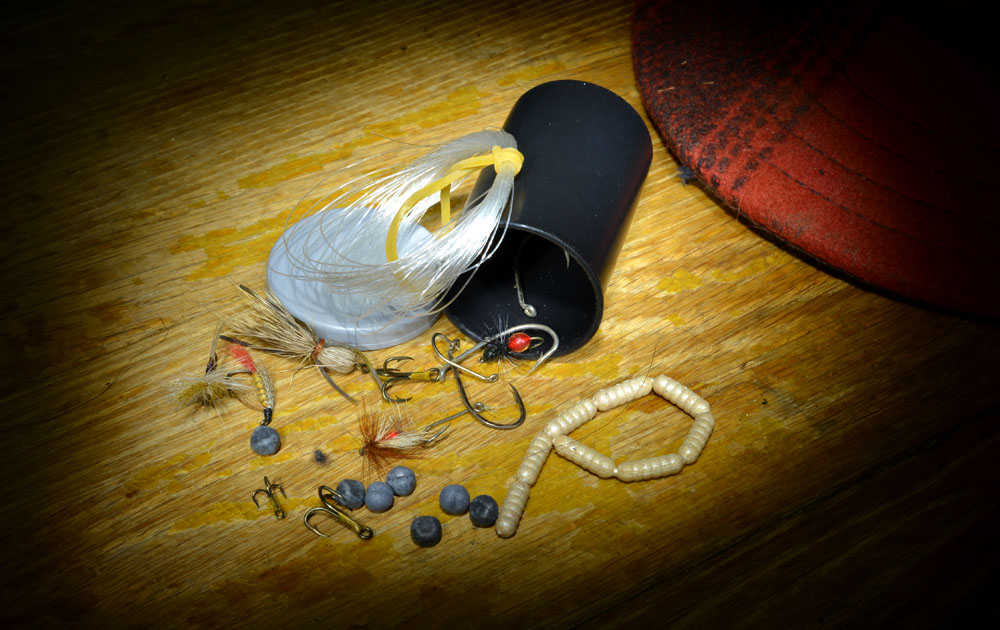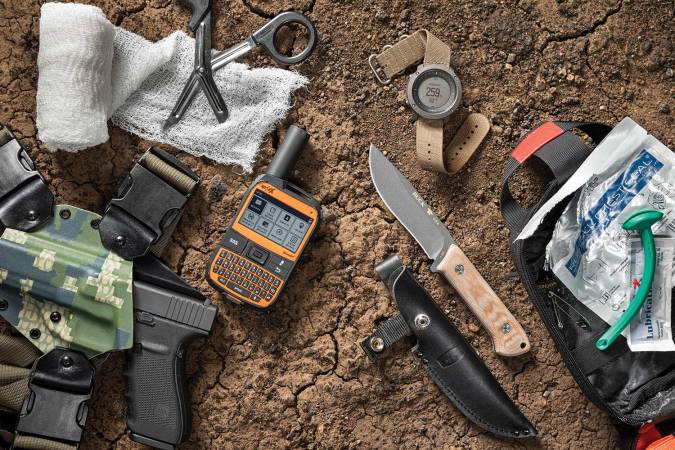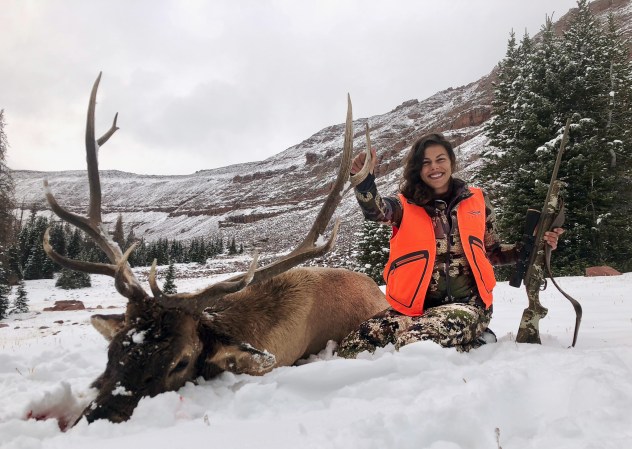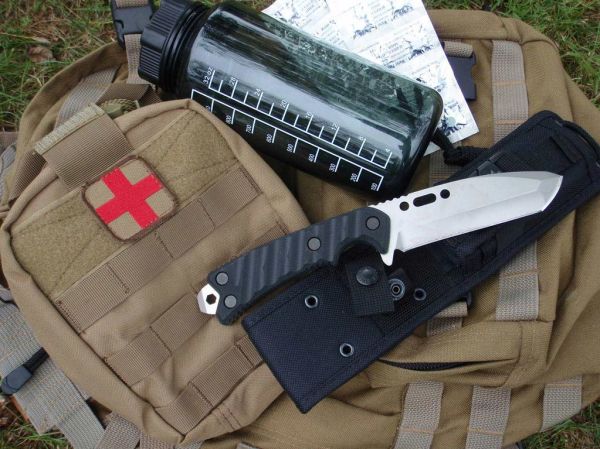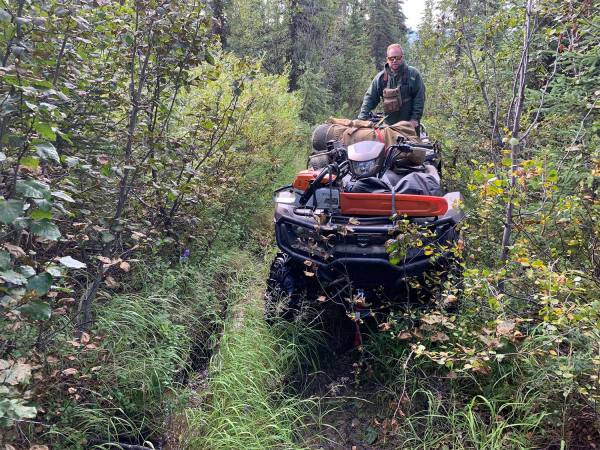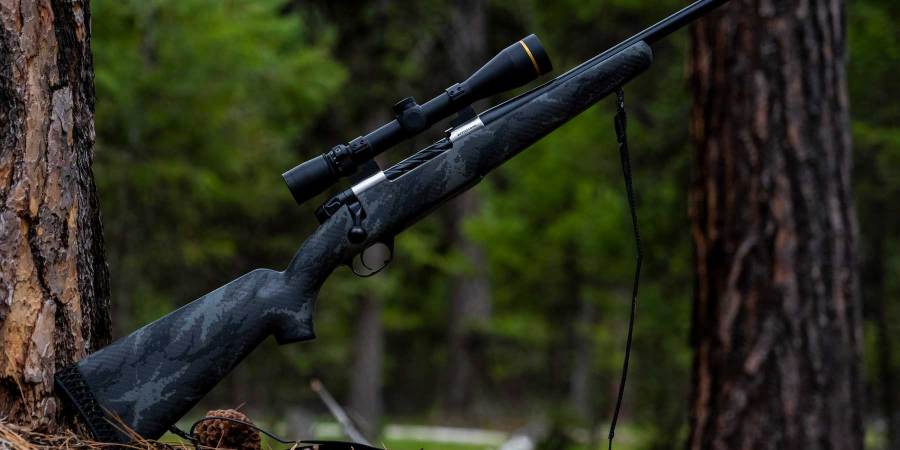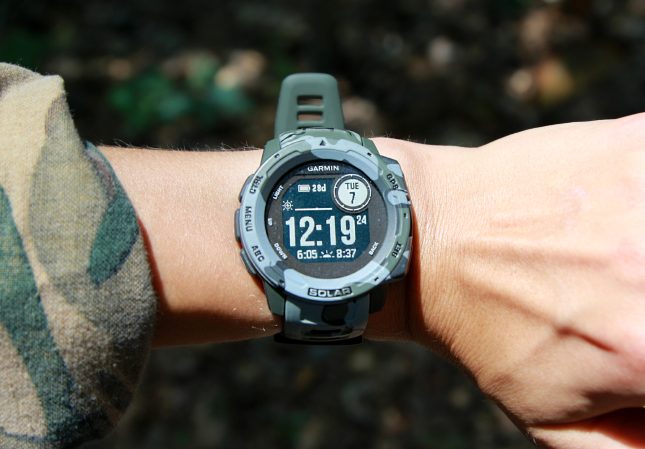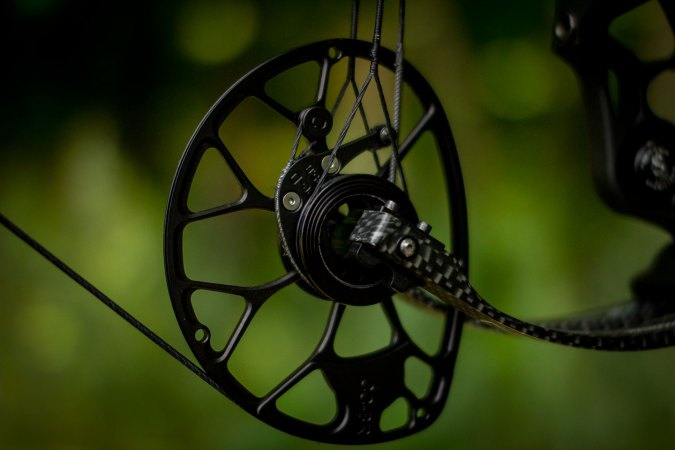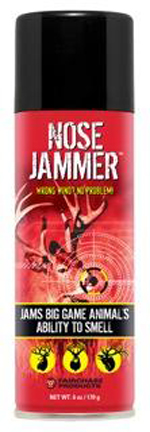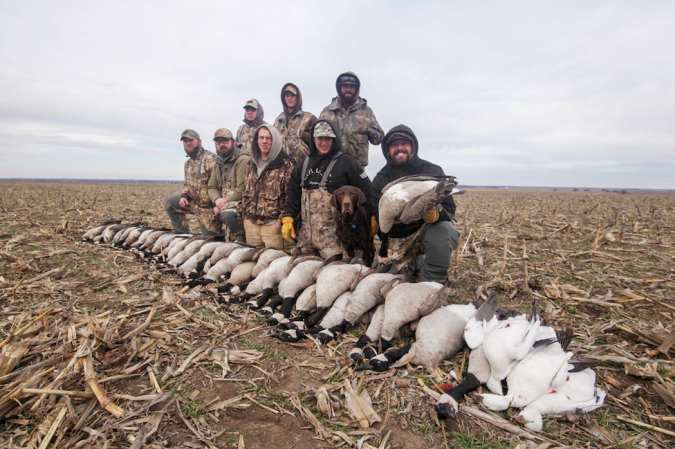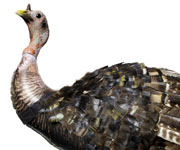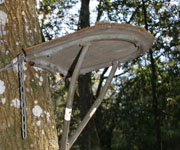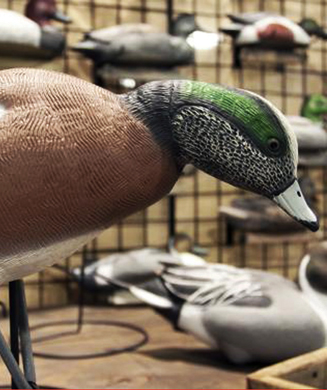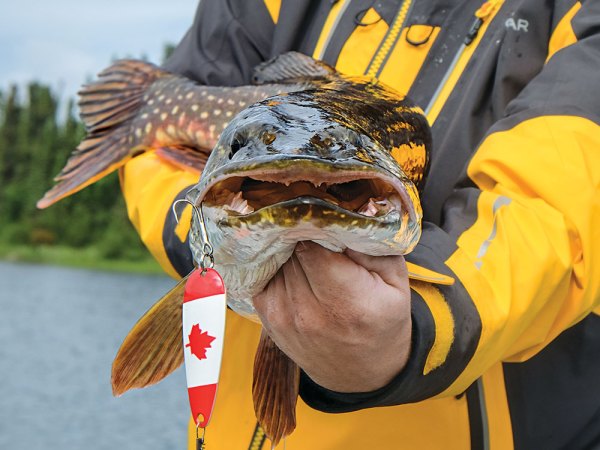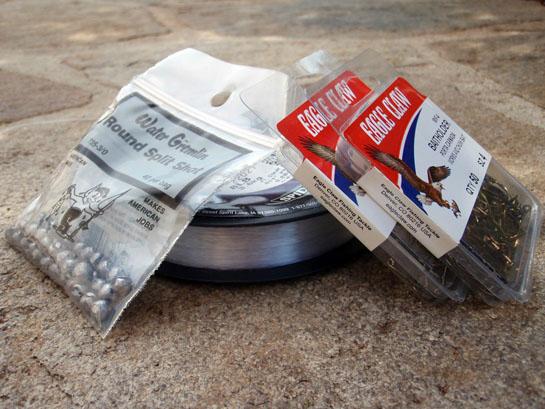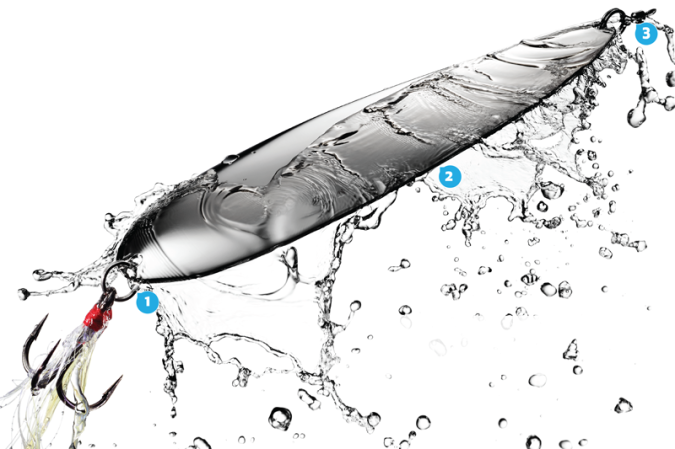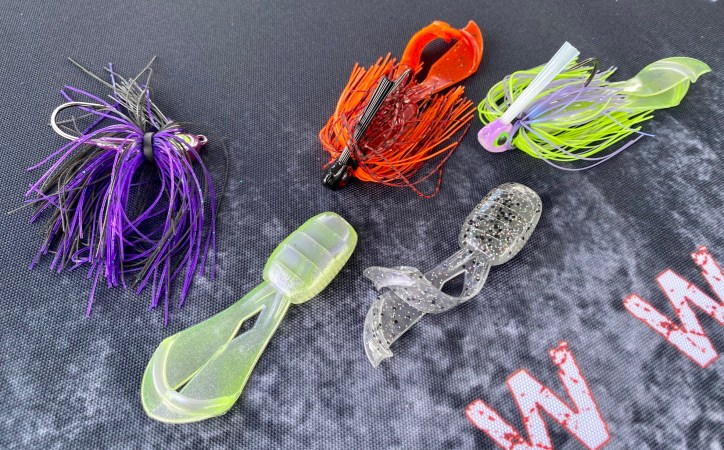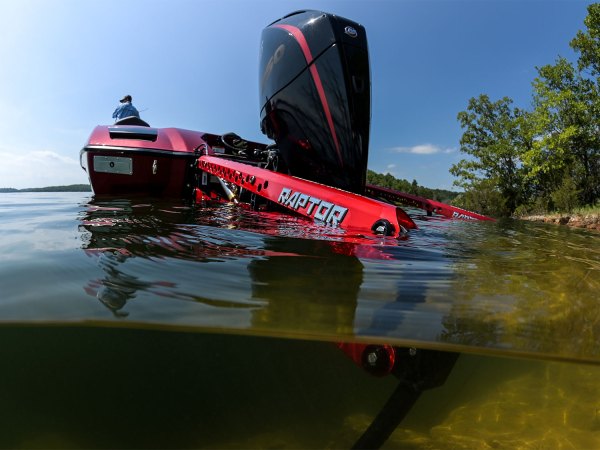We may earn revenue from the products available on this page and participate in affiliate programs. Learn More ›
Weight is an essential consideration on any backcountry trip. Serious backcountry hunters obsess over weight to the point of cutting the handle off their toothbrush and trimming the margins away from topo maps. It goes without saying that a regular fishing setup isn’t going to make the cut. Problem is, those same weight considerations essentially doom the backcountry adventurer to a diet that’ll leave a few extra ribs showing at the end of their sojourn in the woods.
Adding complexity (and opportunity) to the matter is the fact that many backcountry settings include creeks teeming with fish. I’ve spent more than one high-country lunch wistfully gazing at trout frolicking about their crystal domain while I choked down a smashed granola bar. If only I could catch and eat some of those cheerful little beggars my belly button would stop rubbing a blister on my backbone.
Finally it dawned on me (a lot later than it should have) that all I needed was a few tiny pieces of fishing equipment and my backcountry diet would have the addition of previously unknown culinary satisfaction. I could cut my fishin’ pole from a willow stick. (Or anything else that grew passably straight and strong enough to support the weight of a six-inch high-country trout.) Ten feet of line and a few hooks would complete my tackle.
Time and error worked their usual wonder on my fishing setup, inspiring a bit more finesse in my gear. With my latest iteration, I can catch a few fish to add to my menu, or at least wile away the midday hours trying. Here’s what works in my neighborhood. With some small adjustments a persistent (or hungry) hunter should be able to catch fish in almost any backcountry waters where pressure is minimal.
1) 35mm film canister (remember film?) to store your tackle
2) Approximately 30 feet of line, coiled carefully
3) Half dozen worm hooks, varying sizes
4) Three small treble hooks
5) Dozen split shot
6) Half dozen flies suitable for local fish
7) Little white Micro Power Wigglers by Power Bait. These are often dynamite when threaded two to a treble hook and proffered to the local fingerlings.
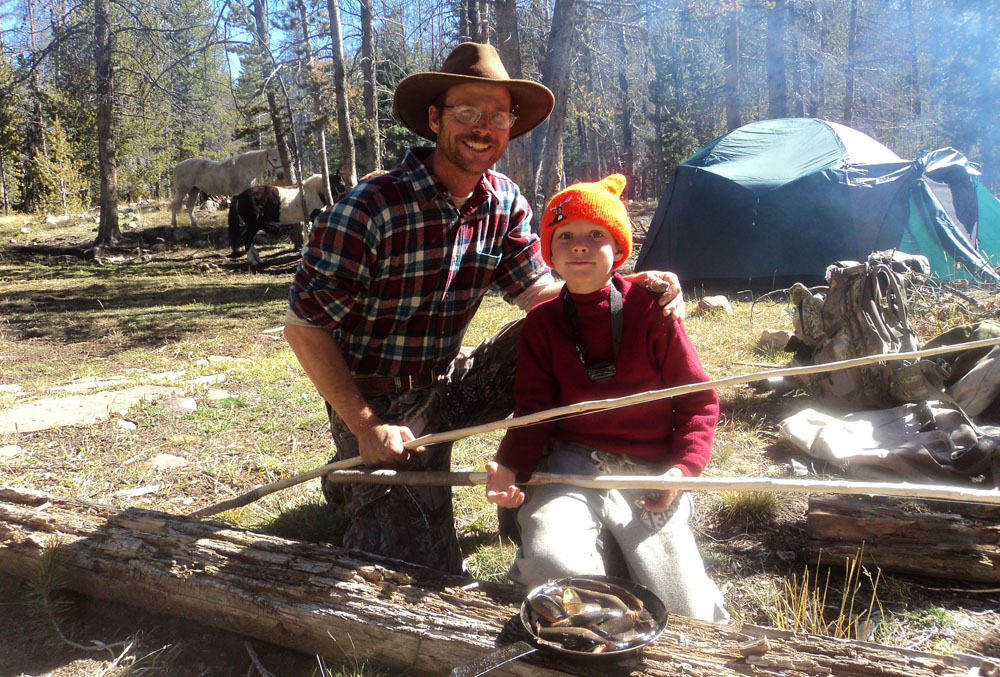
If a person is innovative enough they can usually find something that will induce a fish to strike. I’ve caught fish on worms, grubs, and grasshoppers scrounged up locally, Ramen noodles, fish eggs from the previous catch, and (where legal) a little trim of belly meat from the last fish you caught.
One last thing you’ll need in your kit (this doesn’t go inside the film canister) is salt and pepper. Fish can be kind of bland when eaten free of seasoning.
Next time you head into the wilderness take along a pocket fishing kit. It’ll add entertainment, protein, and finger-licking variety to your otherwise sparse backcountry menu.

